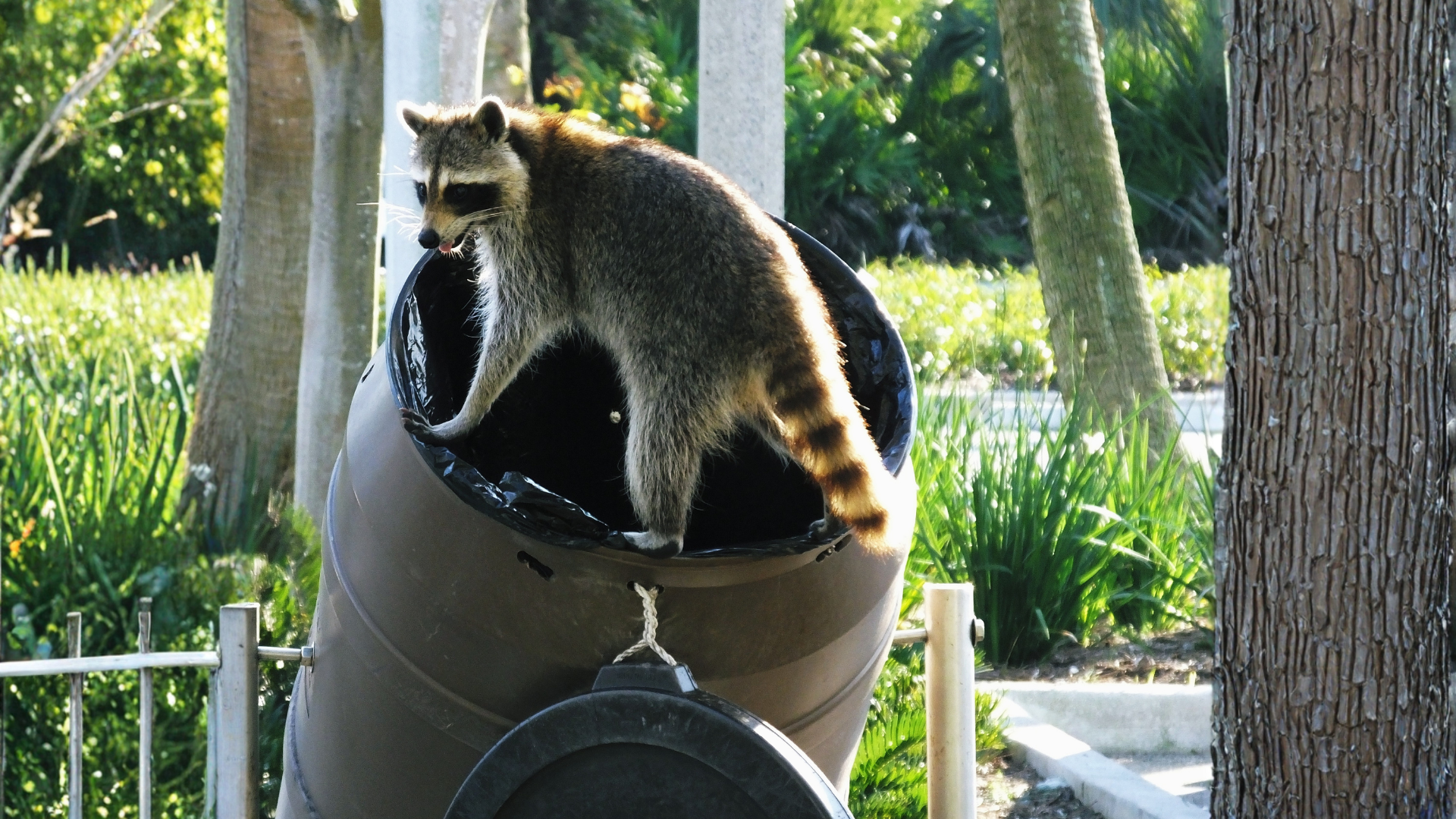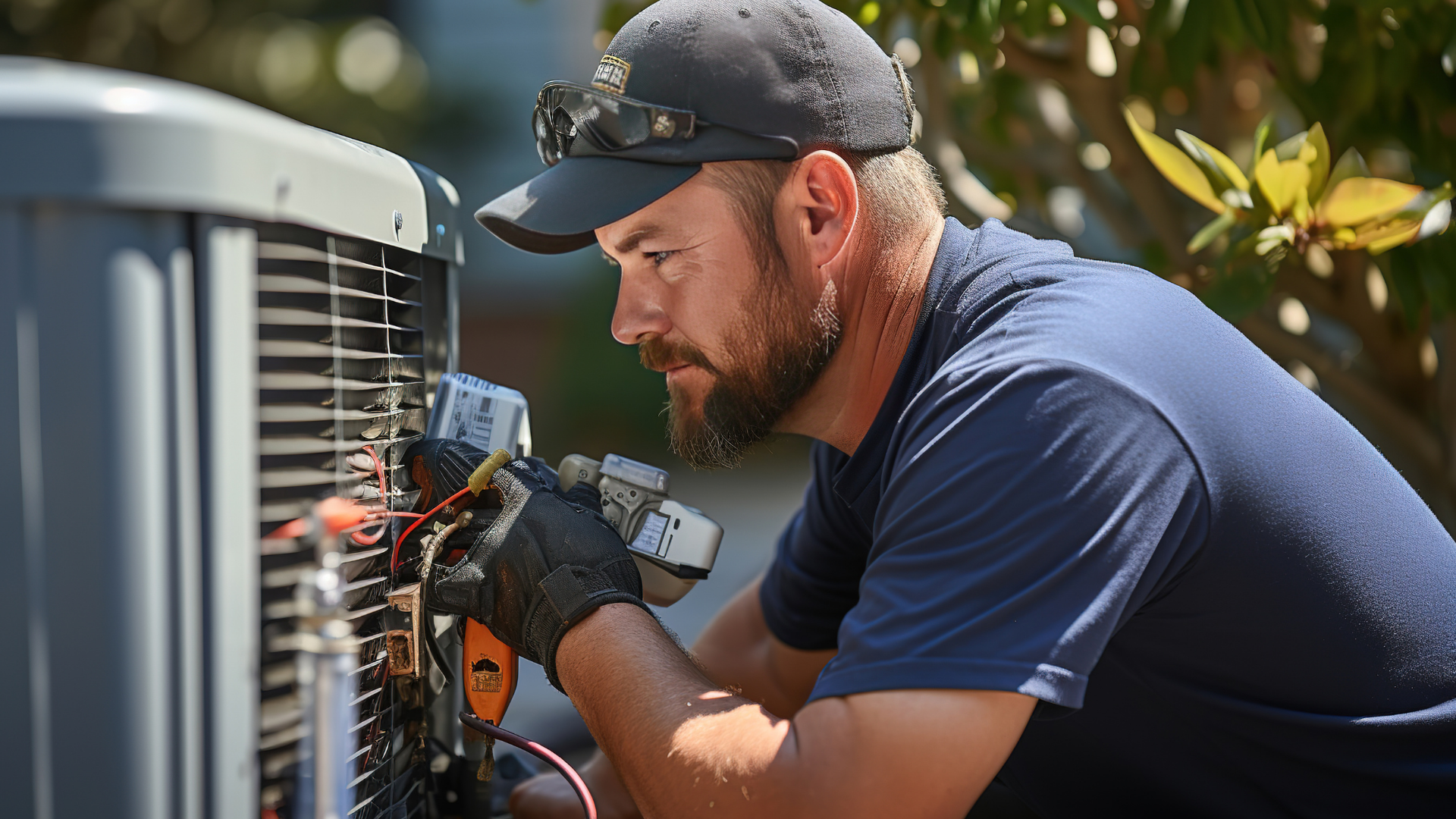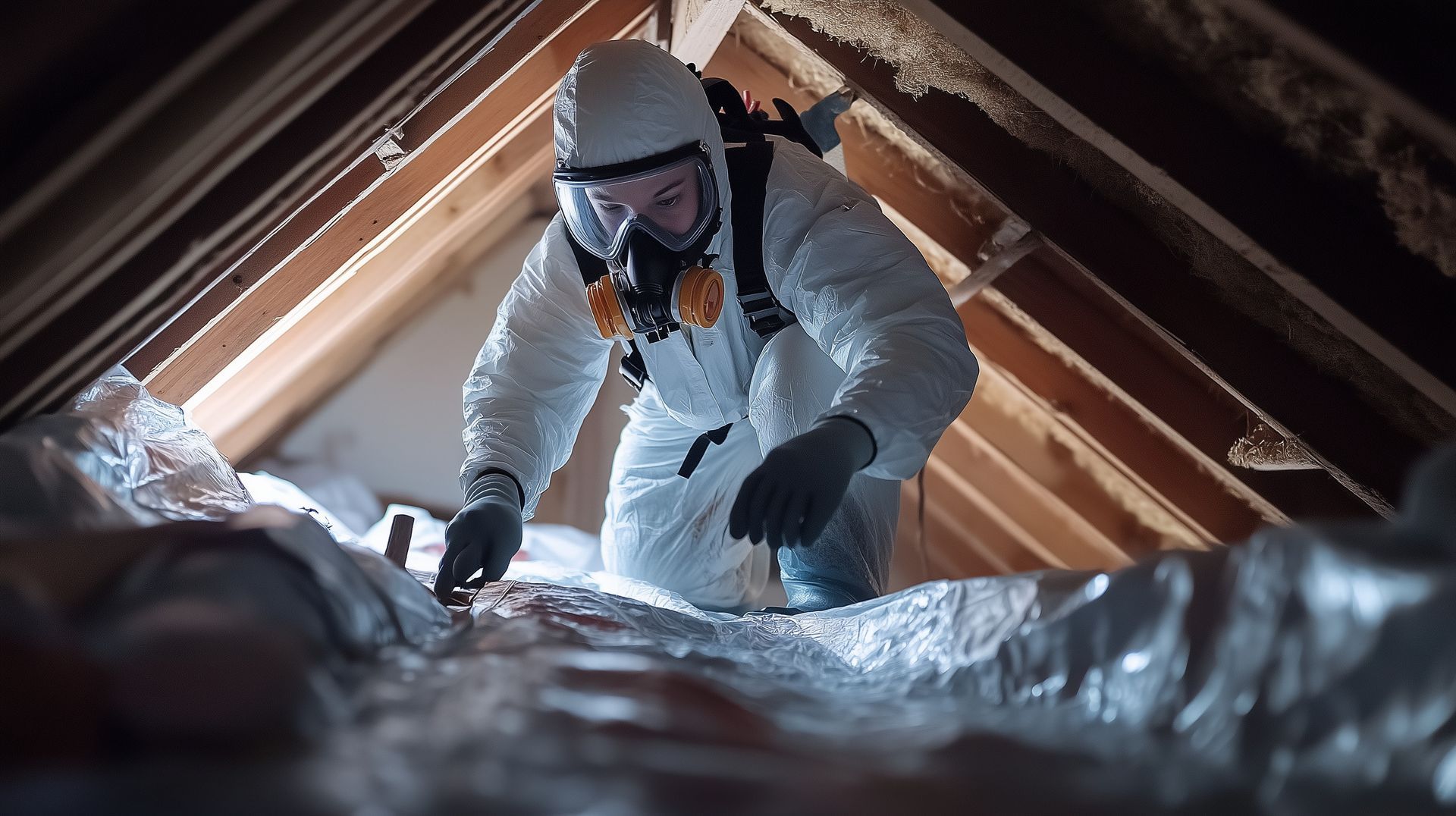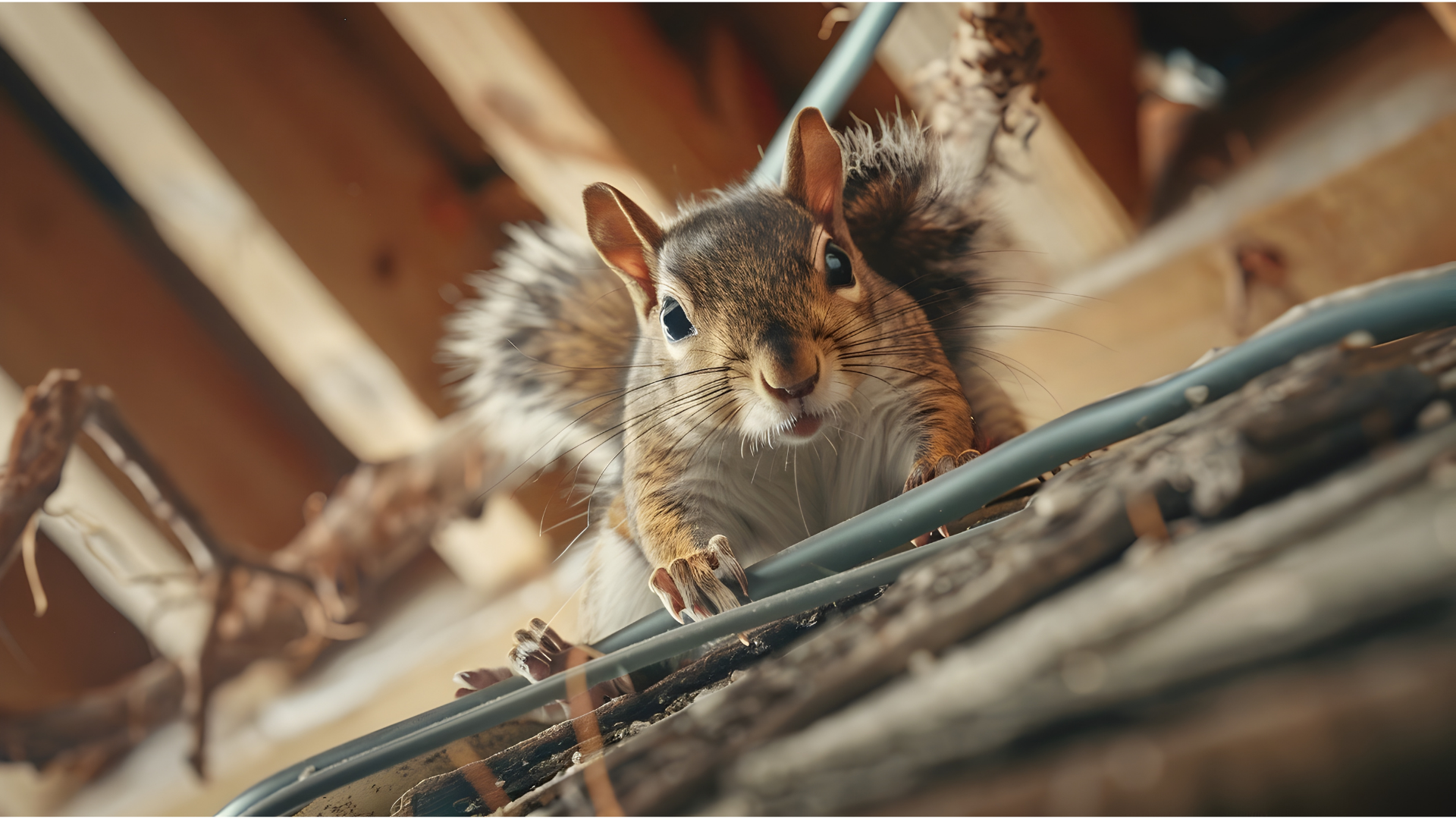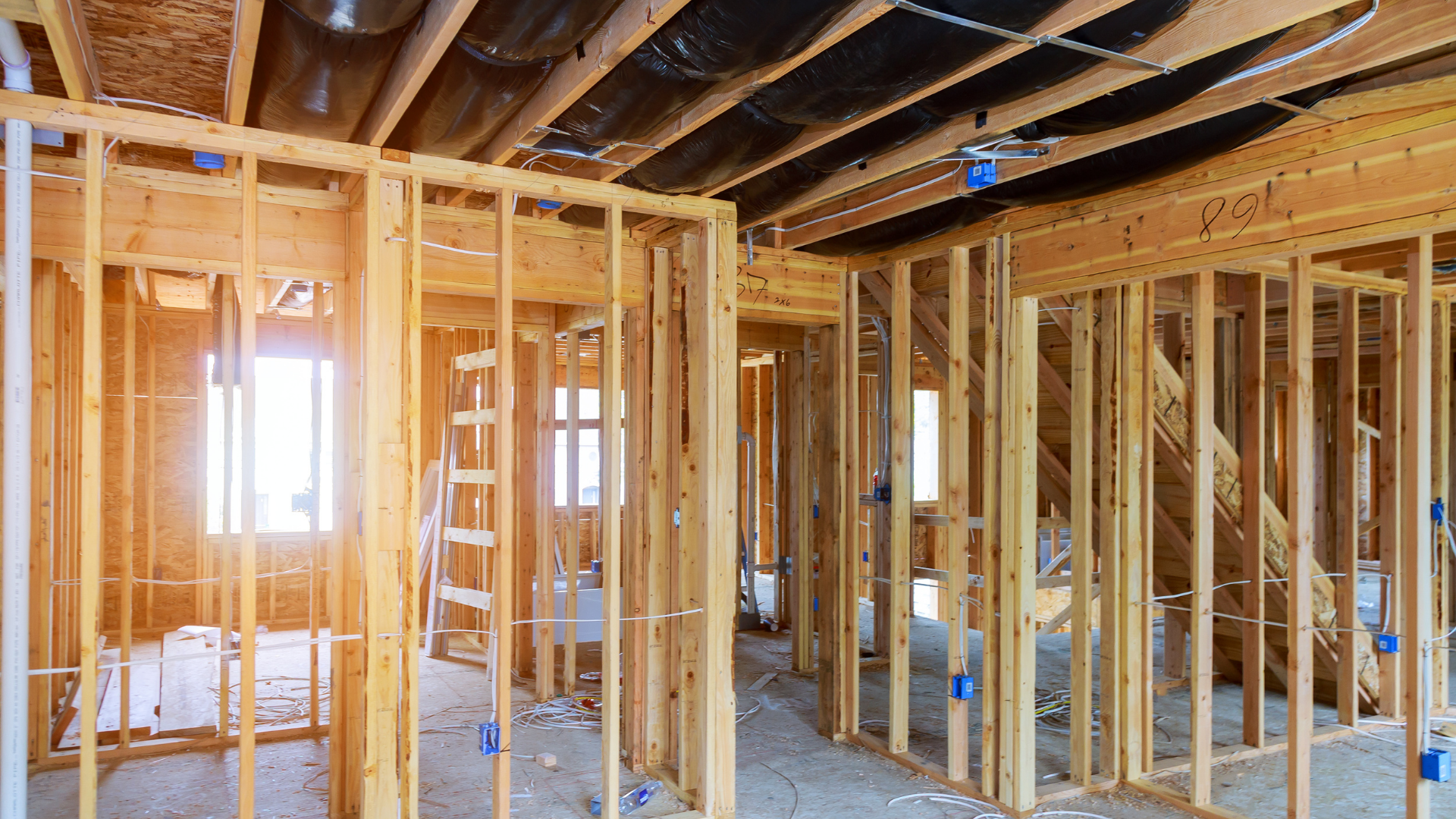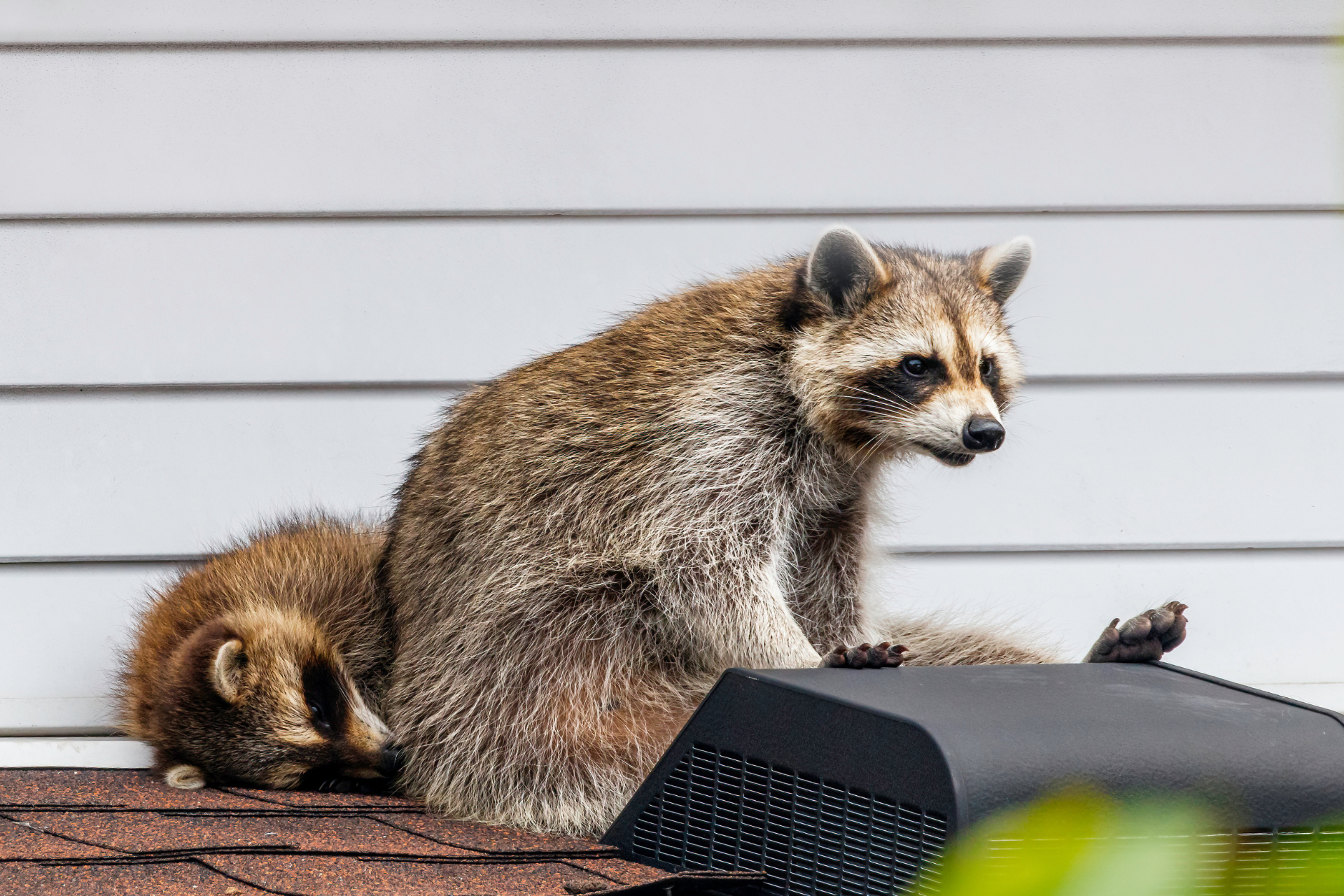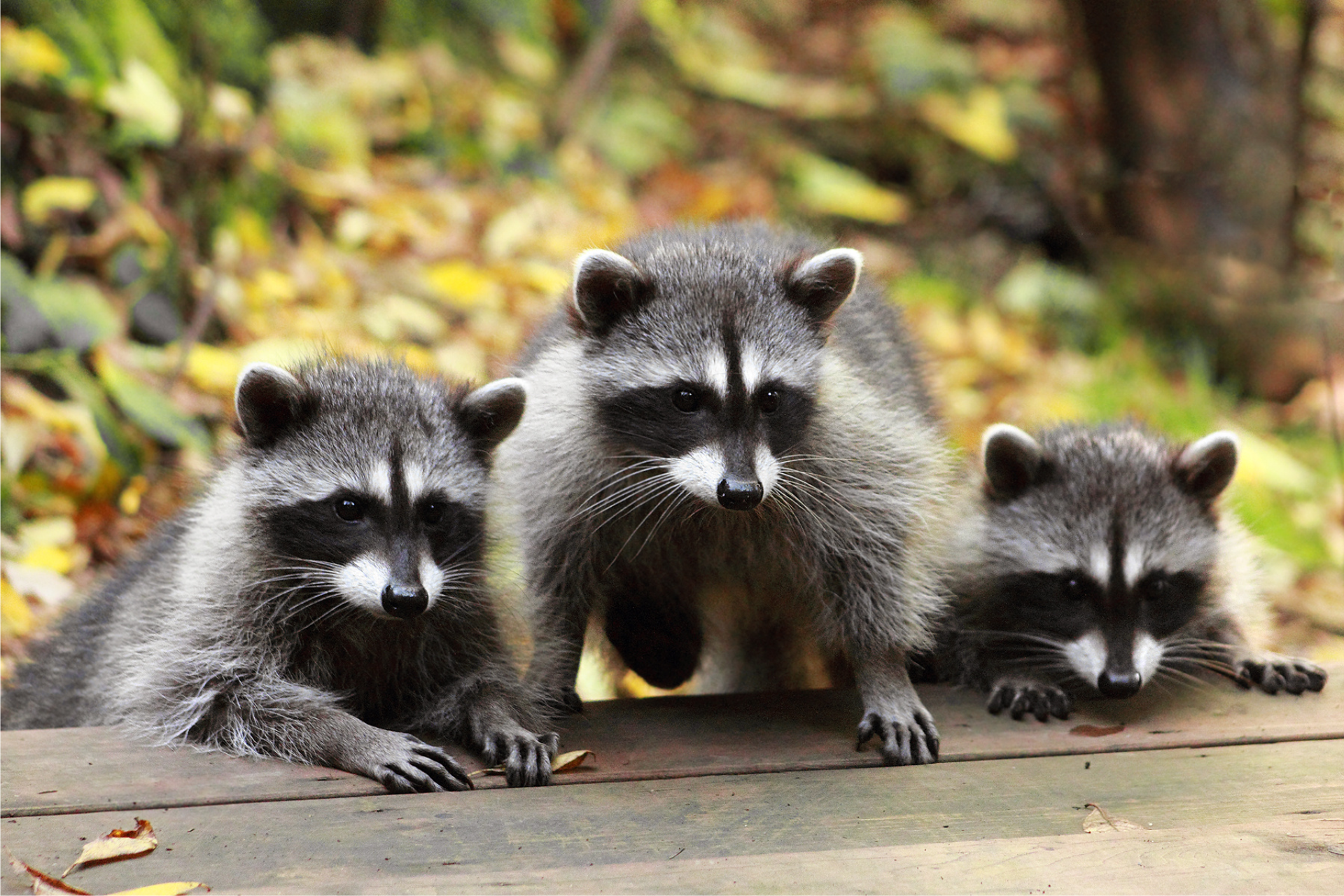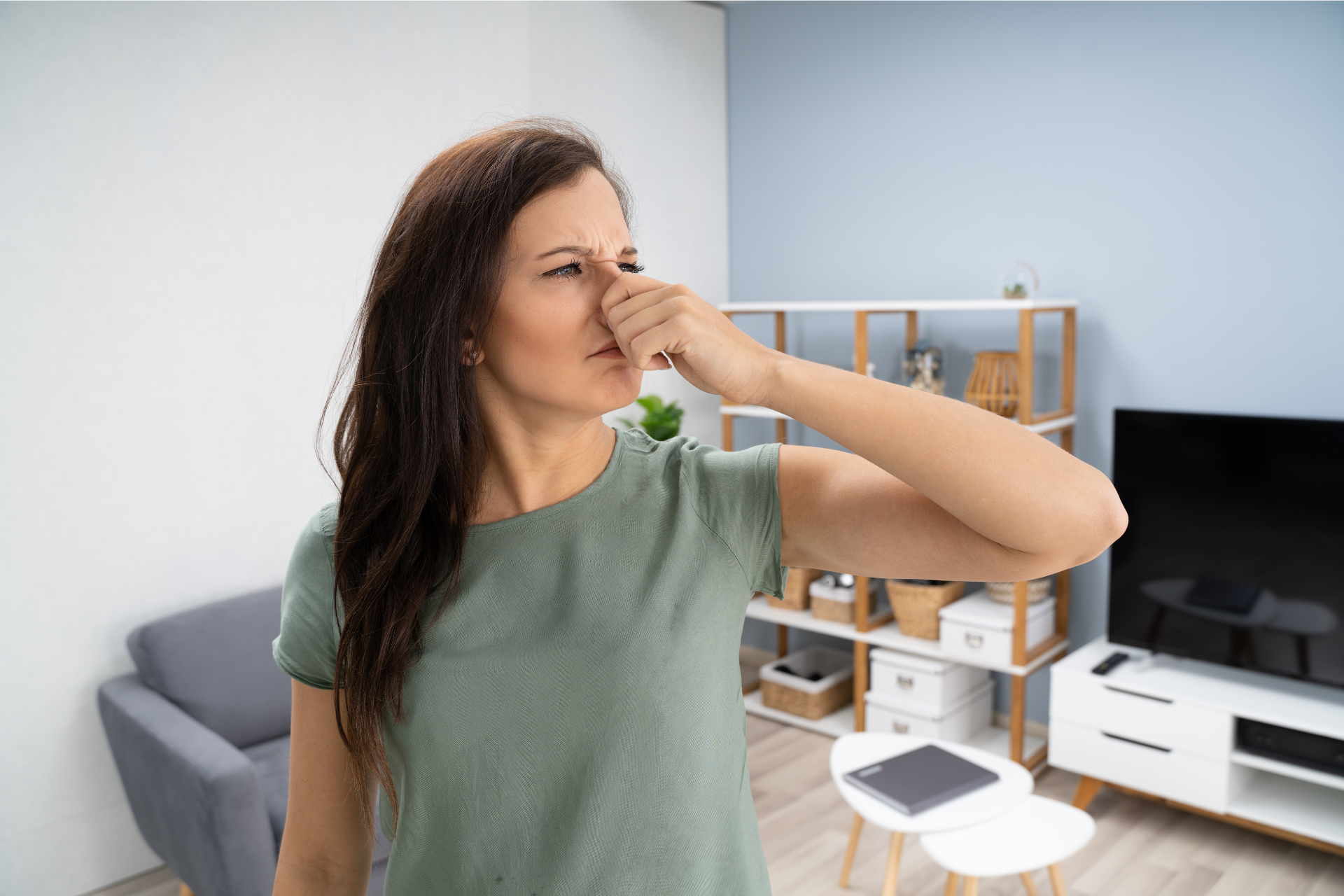Why Bats Choose Your Home
Common Strategies That Attract Bats To Your Home
Bats are fascinating creatures that play a crucial role in our ecosystem, particularly in controlling insect populations. However, as urban areas expand and natural habitats shrink, bats increasingly find themselves roosting in human homes. While this might be intriguing to some, it can also pose challenges, especially when bats choose to settle in attics, walls, or other enclosed spaces in your house. Understanding why bats find certain homes appealing can help you take preventive measures to keep these nocturnal visitors at bay.
The Mystery Of Bat Roosting
As urbanization encroaches on natural habitats, bats, like many other wildlife species, are adapting to new environments. Urban areas offer bats numerous advantages, such as warmth, food sources, and protection from predators. This shift from forests and caves to cities is not entirely surprising, given the adaptability of bats and the resources that urban environments inadvertently provide.
Your home, with its enclosed spaces, stable temperatures, and easy access, can be an inviting roosting spot for bats. The architecture of modern homes often includes multiple entry points and safe, undisturbed areas that bats find ideal for setting up roosts. Whether it’s the warmth of your attic or the proximity to a garden full of insects, certain features of your home can make it a prime target for these flying mammals.
Bats are warm-blooded animals that thrive in stable, warm environments. This makes the insulated spaces within homes, such as attics and walls, particularly attractive to them. During colder months, these areas provide a refuge from the outside chill, offering the consistent warmth that bats need to survive. The heat retained in your home can make it a perfect year-round roost for bats, especially when outdoor temperatures drop.
Temperature control is especially important during the breeding season. In the summer, female bats seek out warm, safe places to raise their young. Your attic, with its steady warmth and seclusion, becomes an ideal nursery for a maternal bat colony. As a result, you might find bats roosting in your home more frequently during the warmer months as they seek a safe environment to rear their pups.
Bats can enter homes through surprisingly small openings. Cracks in the roof, gaps in eaves, and even chimneys can serve as entry points for these creatures. Once inside, bats can navigate the narrowest of spaces, making your home’s structural crevices ideal for their roosting needs. These small entry points are often overlooked by homeowners, allowing bats to enter and exit undetected.
Attics and crawl spaces are among the most favored spots for bats to roost. These areas are typically dark, quiet, and undisturbed—perfect conditions for bats to rest during the day. Additionally, because these spaces are often uninhabited by humans, bats can live there relatively unnoticed, sometimes for long periods. The high ceilings and expansive spaces in attics also allow bats to fly around and settle comfortably.
Homes located near water bodies such as lakes, rivers, or even swimming pools are particularly attractive to bats. Water sources attract insects, which are the primary food source for most bat species. The closer your home is to these water bodies, the more likely it is that bats will choose your property as a roosting site. This proximity provides bats with easy access to food and hydration, making your home an ideal location for them to settle.
Proximity To Food Sources
Bats are natural insect predators, consuming vast quantities of mosquitoes, moths, and other nocturnal insects. If your home is surrounded by gardens, trees, or other areas rich in insect life, it becomes a prime location for bats. The abundance of food nearby reduces the distance bats need to travel to feed, making your home a convenient and attractive roost.
Garden lighting adds aesthetic appeal to your property, but it can also inadvertently attract insects—and where there are insects, bats are likely to follow. Outdoor lighting, especially during the evening, draws in various insects that bats find irresistible. As bats converge on these insect-rich areas, they may discover that your home offers not only food but also suitable roosting spots, leading to a more permanent residence.
Bats seek out high, secluded areas that offer protection from predators. The elevated spaces in your home, such as attics or high eaves, provide this security. These locations are difficult for natural predators like owls or hawks to reach, offering bats a safe haven. The height and seclusion of these areas are major factors in why bats choose to roost in homes rather than in more exposed natural environments.
Minimal human activity is another reason bats may find your home appealing. Areas that are rarely disturbed by humans—such as attics, unused rooms, or storage spaces—allow bats to roost in peace. The less frequently these areas are accessed, the more likely bats are to settle there, as they can roost without the risk of being disturbed or displaced.
Human Factors
Home renovations and construction can inadvertently create new entry points for bats. Openings left during construction or changes in the home’s structure can provide easy access for bats looking for a new roost. Additionally, renovations that disturb existing roosts may drive bats to seek refuge in your home, especially if the construction occurs near dusk when bats are most active.
If your home has hosted bats before, it may do so again. Bats are creatures of habit and may return to familiar roosts, especially if the conditions that attracted them initially haven’t changed. Even after bats have been removed, if entry points remain unsealed, there’s a good chance they—or others—will return.
Implications Of Hosting Bats
While bats are beneficial to the environment, they can pose health risks to humans when they roost in homes. Bats are known carriers of diseases such as rabies and histoplasmosis, the latter of which can be transmitted through bat guano (droppings). The presence of a bat colony in your home increases the risk of exposure to these diseases, making it important to address infestations promptly.
Bat guano and urine can cause significant structural damage over time. The accumulation of these waste products can lead to the deterioration of wood, insulation, and other building materials. This not only compromises the integrity of your home but can also result in costly repairs. Additionally, the strong odor of guano can permeate the living spaces, creating an unpleasant environment.
Conservation Considerations
Bats are a protected species in many areas due to their important role in controlling insect populations and pollinating plants. Therefore, humane removal and exclusion are essential when dealing with a bat infestation. Understanding the ecological significance of bats emphasizes the need for responsible pest management practices that protect both your home and the bats.
To prevent bats from choosing your home as their next roosting site, regular home inspections are crucial. Check for cracks, gaps, and other potential entry points, especially around the roofline, eaves, and chimneys. Sealing these openings can prevent bats from gaining access. Additionally, installing bat exclusion devices can help ensure that any bats currently residing in your home can leave but won’t be able to return.
For comprehensive bat exclusion and prevention services,
contact Critter Detective. With professional help, you can ensure that your home remains bat-free while contributing to the conservation of these important creatures. By understanding why bats are drawn to your home, you can take proactive steps to keep them at bay, ensuring a safe and healthy living environment for both you and the bats.

